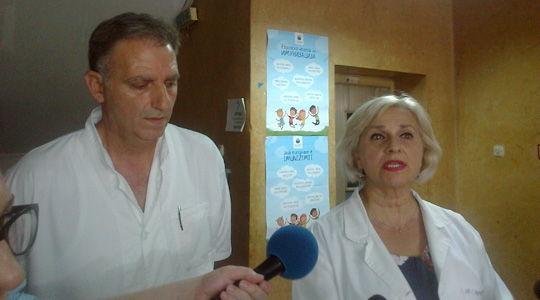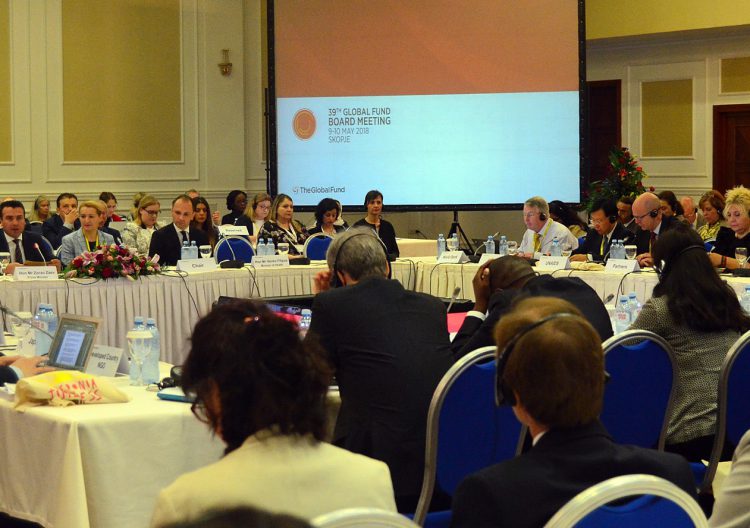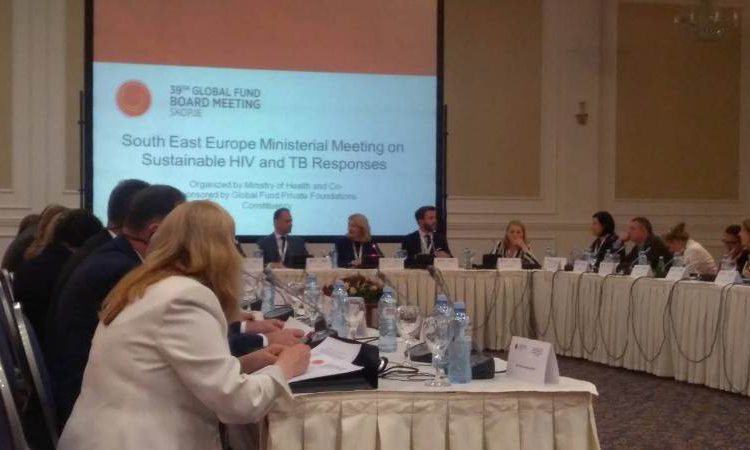+Author Affiliations
1 Department of Medicine, University of Alberta, Institute of Health Economics, Edmonton, Canada
2 School of Public Health, University of Alberta, Institute of Health Economics, Edmonton, Canada
3 Institute of Health Economics, University of Alberta, Edmonton, Canada
- Correspondence: Jessica Moffatt, Institute of Health Economics, 1200-10405 Jasper Avenue, Edmonton, Alberta T5J 3N4, Canada, tel: 780 448 4881, fax: 780 448 0018, e-mail:jmoffatt@ihe.ca
Abstract
Background: To address public health risk factors, governments conduct interventions in many different ministries, including non-health ministries. In order to understand the scope and cost of public health in Alberta, we developed a survey of government public health interventions. We included any government ministry or public organization, which includes health as a stated objective. Methods: A grey literature search was initially conducted, followed by 69 consultations with federal, provincial and municipal organizations. We captured information related to (i) the type of public health service provided; (ii) the associated costs (if available); and (iii) any additional ministry that may collaborate on the initiative. This information was then presented to lead ministry personnel for validation and verification. Results: We covered 15 areas of public health and identified 23 federal and 21 provincial agencies and departments that were providing these services. Public health spending on current operations amounted to $327 per capita, of which 60.5% came from provincial non-health ministries. Capital expenditures were $256 per capita, of which 32.5% were from the federal government.Conclusions: Public health expenses by non-health ministries were greater than those for health ministries. Capital expenses were much greater than non-capital expenses. In order to measure the full impact of government public health, it is necessary to take a cross-ministerial approach.
If you would be interested to read the whole article, please sign in at:



